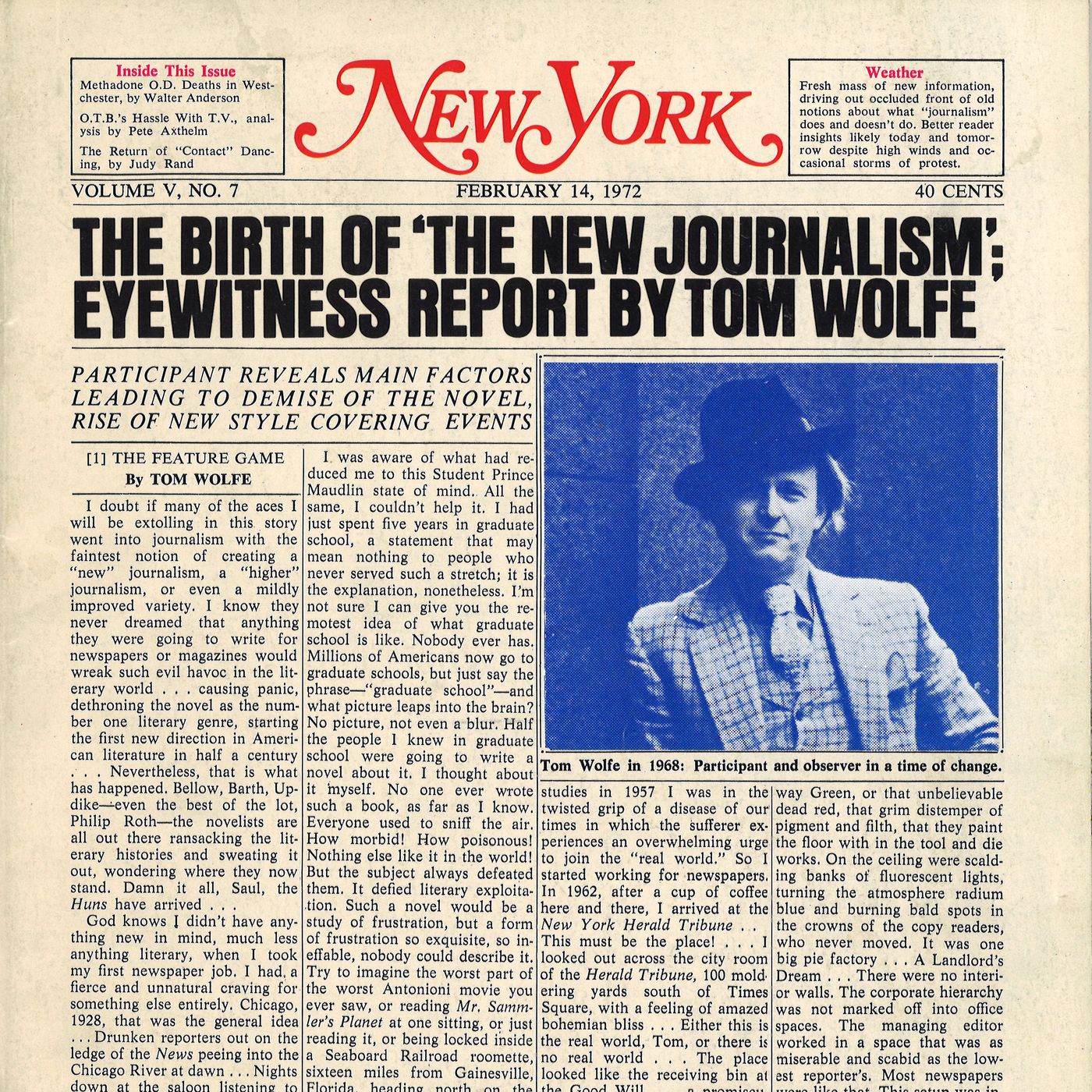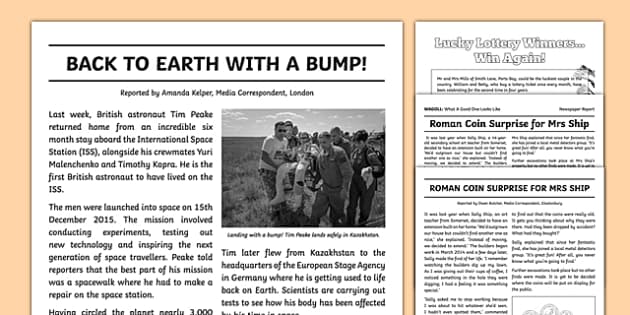The smart Trick of News Articles That Nobody is Talking About
The smart Trick of News Articles That Nobody is Talking About
Blog Article
The Only Guide for News Articles
Table of Contents8 Simple Techniques For News ArticlesNews Articles Fundamentals Explained10 Easy Facts About News Articles Described4 Simple Techniques For News Articles9 Simple Techniques For News Articles
Great knowledge of various subjects provides students an one-upmanship over their peers. Although digital and social networks are readily easily accessible, we should not neglect how crucial it is to read the newspapers. Moms and dads must try and instill the routine of reading a paper as an everyday regimen to continue the tradition of the adored print medium.Newspaper article also consist of at the very least one of the complying with important attributes about the intended target market: closeness, prominence, timeliness, human passion, strangeness, or consequence. The associated term journalese is occasionally used, normally pejoratively, to refer to news-style writing. One more is headlinese. Newspapers usually follow an expository writing design.
Within these limitations, news tales also aim to be comprehensive. Among the bigger and a lot more reputable papers, fairness and equilibrium is a major element in presenting info.
Newspapers with a global target market, for instance, often tend to use an extra formal style of writing. News Articles.; typical style overviews consist of the and the US News Design Publication.
The Basic Principles Of News Articles
As a policy, reporters will certainly not make use of a long word when a short one will certainly do. They utilize subject-verb-object building and construction and vivid, energetic prose (see Grammar). They offer narratives, examples and metaphors, and they seldom depend upon generalizations or abstract concepts. News writers try to prevent utilizing the exact same word extra than as soon as in a paragraph (occasionally called an "resemble" or "word mirror").
Headings often omit the subject (e.g., "Leaps From Watercraft, Catches in Wheel") or verb (e.g., "Feline woman fortunate"). A subhead (additionally subhed, sub-headline, subheading, subtitle, deck or dek) can be either a subordinate title under the main heading, or the heading of a subsection of the post. It is a heading that precedes the main message, or a team of paragraphs of the main message.

Extra signboards of any of these types may appear later in the write-up (particularly on subsequent pages) to attract more reading. Such billboards are also utilized as reminders to the write-up in various other sections of the magazine or website, or as advertisements for the piece in other publication or sites. Typical structure with title, lead paragraph (summary in bold), other paragraphs (information) and call details.

Example of a hard-lead paragraph NASA is suggesting an additional room task. The firm's budget plan request, revealed today, consisted of a strategy to send another objective to the Moon. This time the firm really hopes to establish a long-lasting center as a jumping-off factor for various other area adventures. The budget plan demands roughly $10 billion for the job.
The NASA announcement came as the firm requested $10 billion of appropriations for the task. An "off-lead" is the 2nd most important front page news of the day. The off-lead appears either in the top left corner, or straight below the lead on the. To "bury the lead" is to begin the article with background information or details of additional value to the readers, compeling them to find out more deeply right into a short article than they must have to in order to discover the vital factors.
Get This Report about News Articles
Typical use is that or 2 sentences each form their own paragraph. Journalists normally define the organization or framework of a newspaper article as an inverted pyramid. The essential and most fascinating elements of a tale are put at the start, with supporting info complying with in order of lessening relevance.
It permits people to check the original source out a topic to just the deepness that their inquisitiveness takes them, and without the imposition of details or subtleties that they could consider irrelevant, but still making that info available to a lot more interested readers. The upside down pyramid structure additionally allows articles to be trimmed to any kind of arbitrary size during design, to suit the room offered.
Some authors begin their tales with the "1-2-3 lead", yet there are several sort of lead available. This style inevitably starts with a "Five Ws" opening up great post to read paragraph (as explained above), complied with by an indirect quote that serves to support a major element of the initial paragraph, and then a direct quote to support the indirect quote. [] A twist can describe several things: The last tale current broadcast; a "happy" tale to end the program.
Longer posts, such as magazine cover short articles and the items that lead the inside sections of a newspaper, are recognized as. Function stories vary from straight information in numerous ways.
The Basic Principles Of News Articles
The journalist frequently information interactions with interview topics, making the piece much more individual. A function's first paragraphs usually associate an interesting minute or occasion, as in an "unscientific lead". From the particulars of an individual or episode, its view rapidly widens to abstract principles about the tale's topic. The section that signifies what a function has to do with is called the or signboard.

The Editor's Toolbox: A Referral Overview for Beginners and Professionals (2001) Allan M. Siegal and William G. Connolly. The New York City Times Manual of Design and Use: The Official Design Overview Made Use Of by the Writers and Editors of the Globe's The majority of Authoritative Newspaper (2002) M. L. their website Stein, Susan Paterno, and R.
Report this page